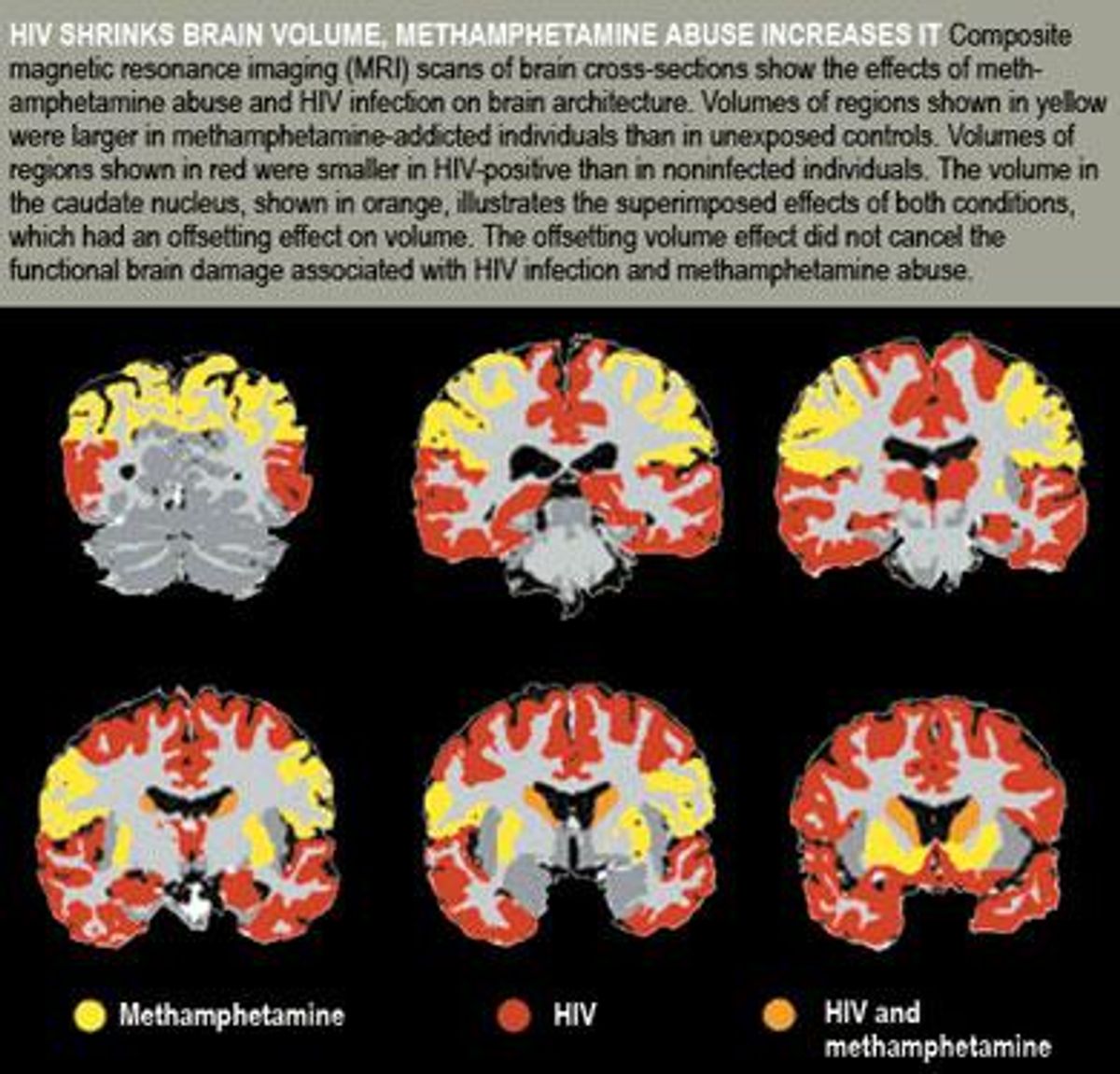Skanda Miraglia
started using crystal methamphetamine when his boyfriend
promised, "We'll have the best mind-blowing
sex if we do."
It was fun at
first, but life under meth's influence wasn't.
Miraglia lost his job, his boyfriend, and a group of
friends. He lived in a state of total paranoia. With
an embarrassed laugh, he says, "I thought people
were always watching me and taking pictures."
Miraglia's
remaining friends staged an intervention, which led to a
series of rehabilitation programs, including a 10-day detox
followed by six weeks of inpatient care at Banner Good
Samaritan Behavioral Health Center in Phoenix, paid
for through a state-funded program. Those efforts
helped but only planted the seeds of recovery.
It wasn't
until a few years later that Miraglia stopped using.
That's when a fellow 12-stepper recommended
that he pray. "I didn't know who I was
praying to or what for--I just asked for help,"
he says. And slowly things started to change.
He found yoga, a
guru (Ma Jaya Sati Bhagavati), and Crystal Meth
Anonymous--a trifecta that has kept him clean for four
years. But like a lot of other meth addicts, he had to
take the initiative to find a treatment that worked.
Traditional programs just didn't cut it.
Miraglia
isn't the only one to find meth recovery programs
lacking. Experts admit that what can work for other
addictions often doesn't for meth. No drug
approved by the Food and Drug Administration has been shown
to reduce the craving for meth, though some are now being
tested. Worse, recovering addicts can experience
withdrawal symptoms for months. Traditional inpatient
detox programs, though, last only 10 days. Even after
meth is out of a person's system, the seductive
memory of its influence remains alluring.
"There's a myth out there that meth users are
essentially a lost cause," says Joel Ginsberg,
executive director of the Gay and Lesbian Medical
Association. "Our ['Breaking the Grip']
project identified many successful strategies for
helping gay and bisexual men overcome meth addiction,
though there are only a handful of programs around the
country that are able to provide the kind of tailored
treatments that work best for this population."
Psychotherapist
Steven Orenstein opened the New Seasons clinic in Port
Hueneme, Calif., as a tailor-made treatment center for meth
addicts. He'd previously been the director of
addiction programs at Cedars-Sinai Medical Center in
Los Angeles. But he could see that treatment programs
offered at these hospitals, even good ones, weren't
as effective as they should be.
"In a
hospital you have to get someone in and out,"
Orenstein says. "You can't do that with
meth addiction."
He argues that
understanding what triggers someone's meth use takes
time. Giving someone the specific tools they need to
avoid temptation isn't something you can do in
a cookie-cutter program.
"People
who come to us have tried three or four different programs.
These programs keep trying the same things each time.
But when they do, they get the same results,"
Orenstein says.
New Seasons
isn't cheap, and insurance doesn't typically
cover this kind of care. But Orenstein argues it is
more affordable than most programs. The primary
program, which lasts a month, is an all-inclusive $28,000.
The cost goes down each month a person stays in the program.
The 13-month aftercare program is another $15,000.
The real key to
New Seasons' success, Orenstein says, is the work it
does with a meth addict's brain, a step most
programs skip. "All the drug and behavioral
therapy in the world isn't going to change
meth's physical impact," he says.
Fighting the
addiction is the first step, naturally, but crystal meth
physically harms the brain, hampering how a person
functions, much like a stroke, epilepsy, or
Alzheimer's disease does. Orenstein believes that a
recovery program without neurocognitive rehab is incomplete.
At New Seasons,
each patient is first administered a QEEG scan that
assesses more than 293 dimensions of brain-wave activity to
determine how meth has altered the function or
structure of brain regions. These measurements are
visually and quantitatively summarized in a brain map
that serves as a guide to determine which areas need
strengthening or balancing.
New Seasons then
uses digital simulations, such as adaptations of
computer games like Pac-Man, to stimulate regions of
patients' brains. Subsequent scans are
administered while patients perform tasks like playing
a car-racing video game.
Clients view
their scans so they can observe changes to their brain.
"When you see those actual changes with the brain
map, it's really exciting. It's had an
incredible impact on my ability to focus," says
Mike, a New Seasons outpatient client who asked that his
last name not be used. Being able to see real,
quantifiable progress, not just hear that he's
doing better, was what he needed to stay focused on
recovery. Mike has been in aftercare treatment three
days a week since last October. In aftercare, clients
are remapped every couple of months (depending on
their progress) to monitor improvement.
While brain
mapping may seem clinical, New Seasons feels more like a spa
than a hospital. Addicts are called clients, not patients.
They aren't locked in and are free to explore
the nearby beach. The grounds have meditation spaces,
an outdoor dining area, a fire pit, and a beach
volleyball court. Counseling is supplemented with
acupuncture, acupressure, massage, yoga, herbal
therapy, spiritual guidance, and psychodrama, poetry,
and music therapies.
As the program
has been open just over a year, it's tough to
determine its effectiveness. But Orenstein has
measured improvements in clients' cognitive
function ranging from 20% to 40%. That level of success has
prompted the University of California, Los Angeles's
Integrated Substance Abuse Program to launch a study
of why the New Seasons methods appear to work.
The GLMA's
study, "Breaking the Grip," didn't
review New Seasons' program, but it did find
that cognitive behavioral programs such as theirs can
have success with meth users. The study, released last
November, also concluded there aren't nearly enough
recovery programs to meet the need.
Brian Dew, chair
of the Atlanta Meth Task Force, agrees. Surveys he's
conducted indicate treatment can still fall short, although
some outpatient programs are being extended to deal
with the long-term effects of meth withdrawal.
"I'm not surprised that there's a
program with a more progressive approach out in
California. They've been dealing with the epidemic a
lot longer," Dew says. "I hope more
comprehensive programs will be made available
throughout the country."
Mike, who says he
is eternally grateful to New Seasons, appreciates the
tangible signs of his progress most of all--like when
he plays Brain Builder, a New Seasons game that shows
a series of disappearing dots he's then
expected to remember. When he first came in, he could recall
only five dots. He's up to 12 now, and
he's excited about the progress. "It
sounds like a minor thing," he says, "but I
want to get even better. I want to remember
15."



















































































